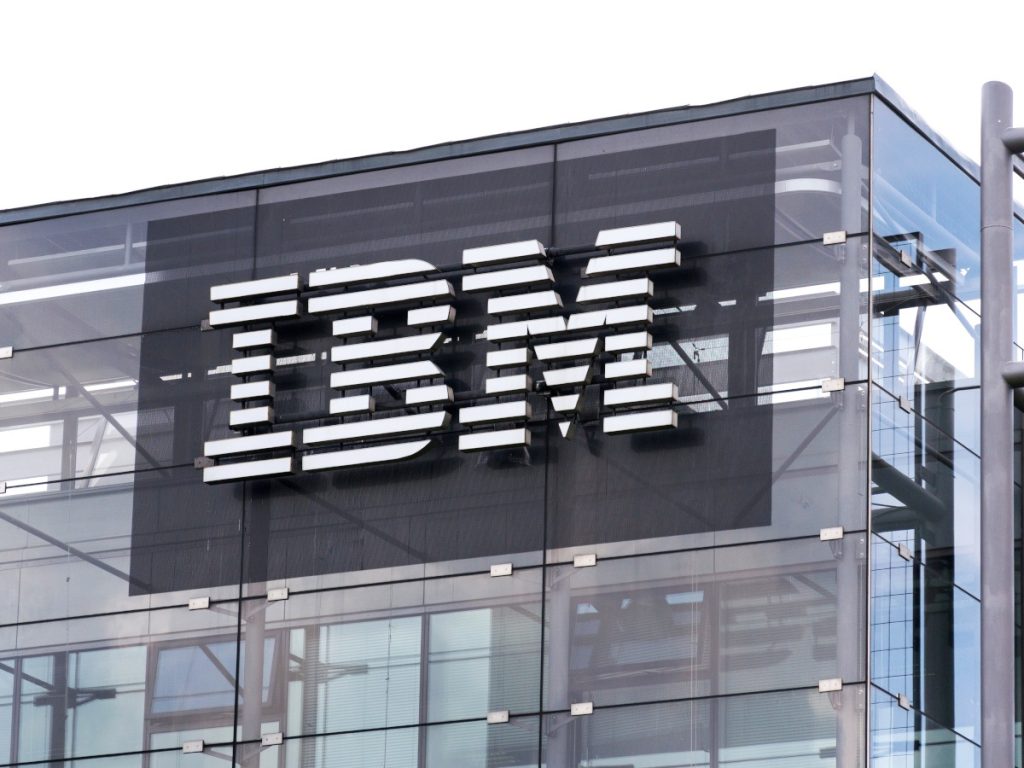IBM hopes to release a number of processors in the coming years to build up to its Starling quantum computer.
IBM aims to deliver the “world’s first” large-scale, fault-tolerant quantum computer by 2029, and on Tuesday (10 June), it laid out its plans to achieve that goal.
The goal, the Quantum Starling computer is expected to perform 20,000-times more operations than today’s quantum machines, the company said.
A quantum computer with hundreds or thousands of logical qubits could accelerate time and increase cost efficiency to boost drug development, materials discovery and many other fields.
According to the company, the computational state of Starling would require the memory of more than a quindecillion (10^48) of today’s most powerful supercomputers. The new quantum computer will be built in a new IBM data centre in New York.
Starling will be able to access the computational power required for large-scale, intensive problems by running 100m quantum operations using 200 logical qubits.
Plus, Starling will also be the foundation for IBM Quantum Blue Jay, which will be capable of executing 1bn quantum operations over 2,000 logical qubits, the company said.
IBM hopes to release a number of processors before Starling, which will build up to the quantum computer’s development.
The Quantum Loon processor is expected this year, and is designed to test the architectural components for code that connect qubits over longer distances within the same chip.
Next year, Quantum Kookaburra is set to mark the company’s first modular processor. It will combine quantum memory with logic operations – the basic building block for scaling fault-tolerant systems beyond a single chip, according to the company.
IBM already operates a global fleet of quantum computers. Earlier this year, the company told CNBC that it has “booked a billion dollars’ worth of [cumulative] quantum business” over the years, with hopes to accelerate that momentum.
“IBM is charting the next frontier in quantum computing,” said Arvind Krishna, the company’s chair and CEO.
“Our expertise across mathematics, physics and engineering is paving the way for a large-scale, fault-tolerant quantum computer – one that will solve real-world challenges and unlock immense possibilities for business.”
Last year, IBM, along with NASA and Oak Ridge National Laboratory, shared an AI model designed to address challenges related to short-term weather and long-term climate projection in a flexible, scalable way.
Don’t miss out on the knowledge you need to succeed. Sign up for the Daily Brief, Silicon Republic’s digest of need-to-know sci-tech news.

